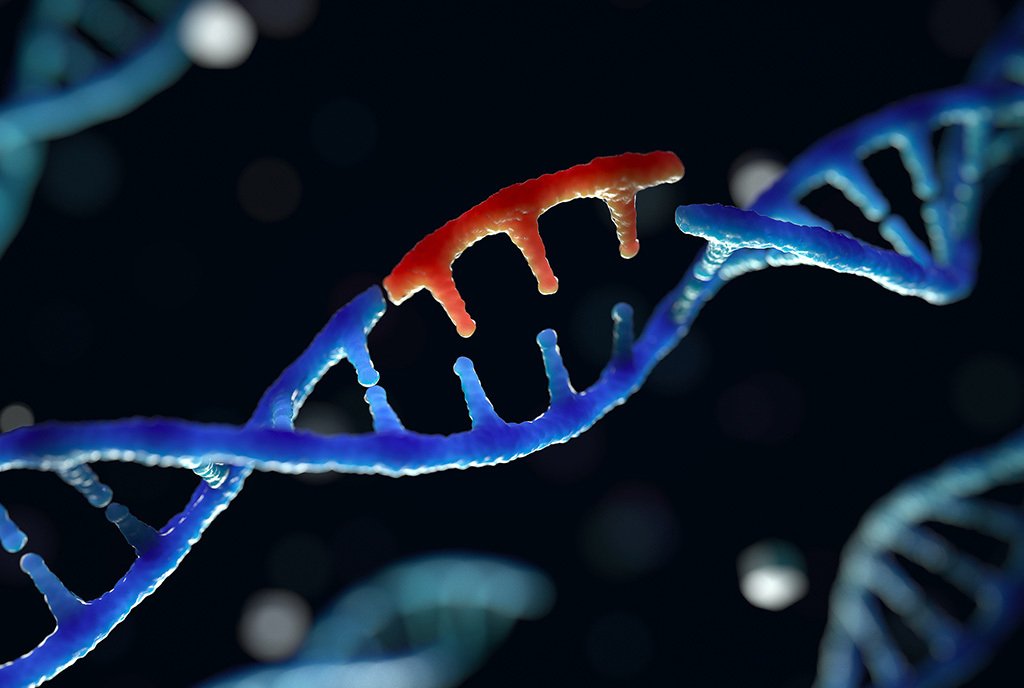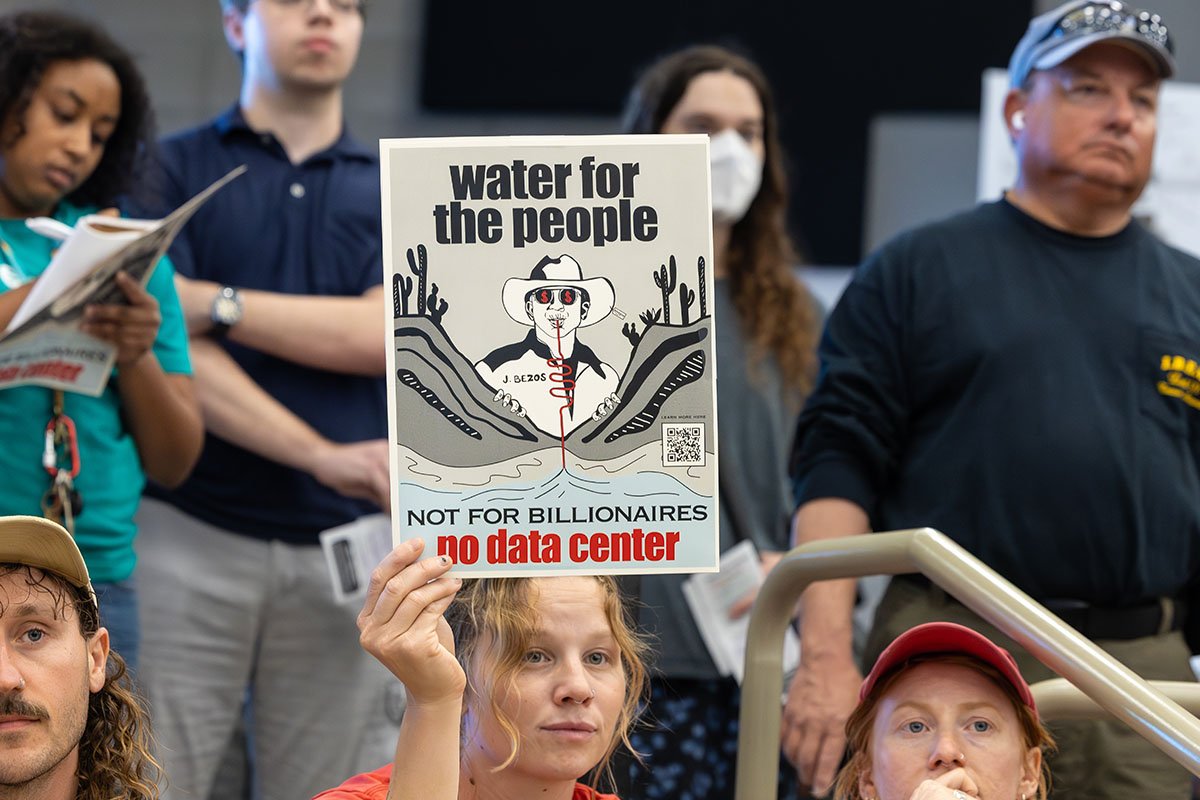
When HIV was initially identified in 1983—and for too many years after its initial detection—it served as a death sentence. It has since claimed the lives of approximately 86 million people and resulted in tens of millions of deaths from acquired immunodeficiency syndrome (AIDS) complications.
A slate of studies and clinical trials aim to find a cure for HIV, but when will the millions of dollars in public and private investment pay off? And are our collective investments perhaps better spent on prevention, diagnoses, and treatment?
Gene Editing, CRISPR, and HIV
Now, thanks to highly effective antiretroviral drugs, HIV is manageable—with some notable limitations. Because HIV can rebound when treatment is halted, antiretroviral drugs must be taken for life. And the costly drug regimens are not accessible to everyone who has HIV, leaving hundreds of thousands of people all over the globe to die of the virus every year. Antiretroviral drugs also carry side effects such as neurodegenerative disorders, and they can contribute to blocked arteries in the heart.
Gene editing, which involves altering the DNA of a living organism, could, according to researchers, be used to cure HIV. CRISPR/Cas9 (CRISPR), a Nobel Prize-winning gene editing technology, acts like molecular scissors to cut DNA and either delete unwanted genes or introduce new genetic material. By editing genes more efficiently and accurately than any technology before it, CRISPR serves as a springboard for precision medicine, providing the potential to eradicate HIV completely. Several efforts by private companies and university research teams are underway to use gene editing to remove or neutralize HIV on a cellular level.
Are our collective investments…better spent on prevention, diagnoses, and treatment?
One technique, part of a clinical trial by the biotech company Excision BioTherapeutics, uses CRISPR to make targeted edits that expel the virus from the genomes of patients’ infected T cells. The trial involves two key components: testing the safety and tolerability of the treatment, and testing the technique’s utility as a curative therapy. However, while preliminary findings suggest that the procedure could be safe, early results from the clinical trial failed to cure HIV patients. Five patients were involved in the trial, but only three were taken off their antiretrovirals. According to an Endpoints article on the trial, “Two of the three patients saw no meaningful suppression of the virus, rebounding at three and four weeks. The third patient saw delayed viral rebound for 16 weeks before returning to standard antiviral treatment.”
Another technique is the use of gene editing technology to cut out and incapacitate HIV from infected cells. This research by scientists at Amsterdam University Medical Center and the Paul Ehrlich Institute in Germany rose to national and international attention when it was released ahead of the 2024 European Society of Clinical Microbiology and Infectious Diseases in Barcelona, Spain. According to the researchers, their work represents proof of concept, not an immediate cure: “This strategy is to make this system as safe as possible for future clinical applications.…While these preliminary findings are very encouraging, it is premature to declare that there is a functional HIV cure on the horizon.”
Another group of researchers at Washington University School of Medicine in St. Louis, supported by a $6.2 million award from the National Institutes of Health, is developing a gene therapy to modify B cells within the immune system, with the hope of provoking the cells to produce antibodies that neutralize HIV.
Paul Boucher, a Washington University research team member, stated, “Our approach is to genetically modify the cells responsible for making antibodies—the immune system’s B cells—so they can always produce superantibodies against HIV whenever they may need to.” Theoretically, genetically engineered B cells could create a permanent form of vaccination against HIV. According to the researchers, even if the therapy doesn’t fully clear HIV from the body, the strategy could control the amount of virus to a minimal level, creating a functional cure.
“While these preliminary findings are very encouraging, it is premature to declare that there is a functional HIV cure on the horizon.”
Yet another study at Washington University School of Medicine is working to rid the virus from infected T cells; researchers are currently working to determine its safety and preliminary efficacy at various doses.
According to the Innovative Genomics Institute, in 2024, CRISPR-based gene editing therapies were in clinical trials for blood disorders like sickle cell disease (one such therapy has already gained FDA approval), chronic bacterial infection, protein folding disease, certain inflammatory diseases, certain forms of cancer, cardiovascular disease, HIV/AIDS, diabetes, and lupus.
Weighing the Risks of Gene Editing for HIV
According to the International Journal of Health, Wellness, and Society, gene editing presents complex medical and socioeconomic challenges. Medically, using CRISPR to edit genes is more complex than the often-used scissor analogy implies. The process is delicate, and imprecisions can be highly detrimental because the “attempted deletion of a gene mutation can result in small and unintended cuts throughout the genome.”
In discussing the potential of gene editing technology, Dr. Jonathan Stoye, senior group leader and head of the Retrovirus-Host Interactions Laboratory at Francis Crick Institute, said that “off-target effects of the treatment, with possible long-term side effects, remain a concern.” Gene editing is also expensive, especially since “specific therapies derived from the technique are big business, as they become the intellectual property of a few biomedical juggernauts,” and because such procedures are unlikely to be covered by health insurers.
Sign up for our free newsletters
Subscribe to NPQ's newsletters to have our top stories delivered directly to your inbox.
By signing up, you agree to our privacy policy and terms of use, and to receive messages from NPQ and our partners.
Pursuing this highly complex and costly cure for HIV/AIDS…[occurs] against the backdrop of an array of complex and interconnected ethical issues.
Most hospitals and health systems are currently not equipped to deliver such cutting-edge therapies. The prevalence of medical deserts, as well as the unequal distribution of large academic medical centers, could also make it difficult for people in rural and other underserved communities to access gene editing.
Fundamentally, due to asymmetrical data collection, too little is known about the genetic components of disease among non-White populations, who are disproportionately affected by HIV/AIDS. And such a therapy’s widespread use may be stymied by minoritized populations’ earned hesitancy regarding medical innovations, given the long history of exploitative and extractive medical practices within these populations.
Pursuing this highly complex and costly cure for HIV/AIDS is clearly a long-term undertaking. Moreover, it does not occur within a vacuum but against the backdrop of an array of complex and interconnected ethical issues that medicine and the scientific enterprise have been grappling with since the inception of gene editing, artificial intelligence, advanced robotics, and other frontier fields.
In addressing the ethical implications of gene editing and all other emerging technologies, we must move beyond individualistic understandings of harm to frameworks for societal risk. It is also imperative to consider the global implications of using such technologies. Given that 76 percent of people living with HIV were accessing antiretroviral therapy in 2022 (up from just 24 percent in 2010), we must ask: Which therapeutic method is most appropriate for ensuring the health and thriving of affected populations? Which method is most likely to reduce health disparities?
If companies like Excision BioTherapeutics can meet their objective of curing HIV infection with a single intravenous dose of a gene editing drug, without regulation the costs for such a drug could skyrocket, severely threatening its accessibility. According to an article in the American Journal of Public Health:
[M]any non-CRISPR gene therapies cost between $450,000 to $2 million per treatment, with the gene therapies Hemgenix and Zolgensma costing $3.5 million and $2.1 million, respectively, per 1-time treatment. These extraordinary costs place gene therapies primarily within the reach of society’s most advantaged while excluding much of the population—including many individuals from historically disadvantaged groups who are traditionally denied access to essential social, economic, and health care institutions owing to their minoritized status.
According to the American Academy of Family Physicians, Casgevy, the first therapy designed using CRISPR, is a single-course treatment for sickle cell disease with a list price of $2.2 million. Due to the high cost of the treatment, “insurance companies may be unwilling to pay the exceptionally high up-front cost of this curative therapy.”
In contrast, HIV/AIDS antiretroviral drugs range in price from a few hundred dollars a month to a few thousand dollars a month. There are many options, including older medications and generics, which tend to be more cost effective. Insurance can also help relieve some peoples’ month-to-month medication expenditures.
The yet unrealized promise of gene editing to cure HIV presents a dilemma over how and to what extent government agencies and philanthropic organizations should invest in high-tech solutions versus currently available treatments, screenings, and preventative methods.
According to Maranda C. Ward, an assistant professor and director of equity in the Department of Clinical Research and Leadership at the Georgetown Washington School of Medicine and Health Sciences, current guidelines developed by the CDC advise clinicians to recommend HIV screening “based on their perceptions of a patient’s risk.” Dr. Ward argues instead for less subjective guidelines and investment in more frequent screening: “To minimize HIV rates for everyone, PCPs [primary care providers] must prioritize equitable care for all patients by routinizing HIV testing, not just once in a lifetime, but regularly, based on sexual history.”
The financial resources and scientific expertise poured into gene editing technology are not infinite. We should, as a society, direct our efforts to the most feasible and equitable treatments available. Rather than developing a highly expensive and potentially risky “cure” for HIV, by making investments in marginalized communities, we could effectively stop the spread of the virus.
Community-level investments in prevention, screening, and treatment have proven to have a significant impact in reducing the spread of HIV and staving off AIDS. While high-tech solutions involving CRISPR undoubtedly evolve the clinical utility of gene editing as a cutting-edge technology, its societal benefit is less clear. To advance health equity, leaders of federal agencies, philanthropic organizations, and large nonprofit medical associations that influence public health and medical investments must intentionally decide to prioritize societal benefits. Otherwise, market impulses and the lure of novel technology will decide for them.











